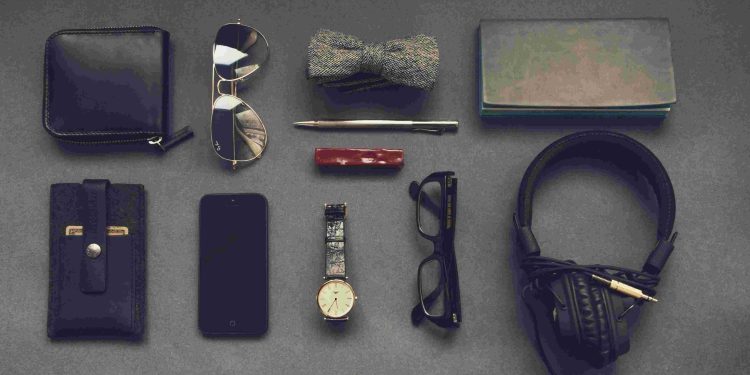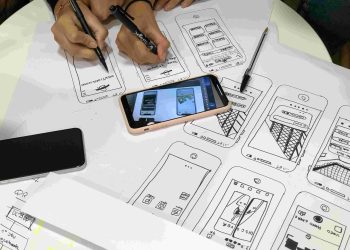Yet, the process often feels polarized – too much nicety can hinder meaningful feedback, while hypercriticism risks demoralizing teams. What if there’s a better way to approach this critical aspect of design evolution?
Years ago, as a budding designer, I attended my first design critique, buoyed by what I thought was a flawless user interface concept. I anticipated constructive dialogue but left the room overwhelmed, defensive, and unsure how to proceed. That day shaped my perspective: design critiques need to be powered by empathy and strategy, not egos and chaos.
The Problem with Traditional Design Critiques
Traditional design critiques revolve around one central figure – the designer – defending their work before a panel of critics. This approach often perpetuates a dangerous misconception: that critique equals judgment. But psychology suggests otherwise. In “Mindset: The New Psychology of Success,” Carol Dweck emphasizes the importance of fostering a growth mindset. When feedback is viewed as a tool for improvement rather than a measure of shortcomings, everyone in the room benefits.
Interdisciplinary Lessons: Design Meets Philosophy
Philosopher Socrates structured his dialogues to question assumptions and refine ideas collaboratively. Design critiques can benefit from this method. Instead of delivering opinions as absolute truths, stakeholders should frame their input as curious inquiries: “Why does this element look this way?” or “What alternatives did you consider?”.
Techniques to Elevate Critiques
To revolutionize design critiques, consider the following actionable strategies:
- Define Purpose in Advance:
Before the meeting, articulate clear goals. Are you seeking feedback on visual hierarchy, usability, or concept viability? Knowing what answers you want makes the session more streamlined. - Create a Safe Space:
Borrowing from the tenets of psychological safety, the group must trust that critiques are not personal attacks but collective problem-solving endeavors. - Use Structured Frameworks:
Try employing models like Edward de Bono’s Six Thinking Hats to ensure balanced perspectives, from optimism to caution to creativity. - Encourage Evidence-Based Feedback:
Instead of abstract statements like “I don’t like this color,” request feedback backed by user data or established design principles. For example, “Studies show this shade may reduce readability for users with visual impairments.” - End with Action Points:
Summarize the outcomes of the critique with clear next steps. This shifts focus from critique to iteration.
The Power of Constructive Critique
Neuroscience provides additional insight. Studies show that balanced feedback activates reward systems in the brain, motivating individuals to improve. This aligns with the idea that critique should be empowering, not demotivating. Imagine critique sessions as the sharpening of a sword – done right, they forge stronger, more precise solutions.
Looking Ahead: Design and the Future of Work
As workplaces lean into remote and hybrid environments, design critique sessions are increasingly digital. Tools like Figma, Miro, and Slack channels have transformed how teams collaborate. But technology cannot replace human nuance. The future of critiques hinges on our ability to cultivate asynchronous, inclusive feedback loops while retaining interpersonal warmth.
Act Now: Your Next Critique
The next time you’re scheduled for a design critique, challenge convention. Start the session by expressing gratitude for participation, frame feedback as an exercise in curiosity, and actively seek out dissenting opinions. Remember: great design is rarely the product of a single perspective.
And don’t stop at design. Encourage the principles of critique—empathy, growth, and collaboration—in all areas of your life. Whether it’s improving a product or bettering a personal relationship, the art of giving and receiving feedback is a skill as universal as it is transformative.











